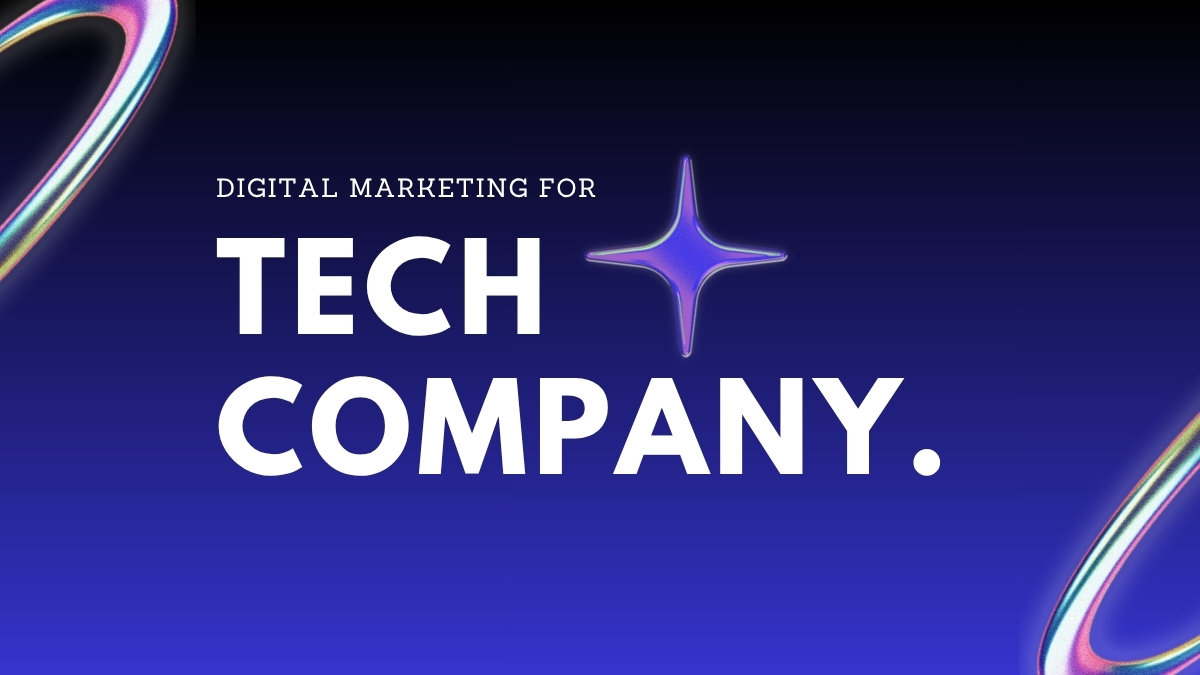
Digital Marketing for Tech Companies
Your tech company has a groundbreaking product. It could be a brilliant piece of software, a game-changing app, or an innovative hardware solution. But having the best product on the market means little if nobody knows it exists. This is where digital marketing comes in. It’s the bridge between your amazing technology and the people who need it most.
Think of it like this: you’ve built a fantastic car, but it’s sitting in a garage. Digital marketing is the road network, the billboards, and the GPS directions that lead customers right to your door.
This guide is designed for tech founders, business owners, and anyone new to the marketing world. We'll break down the essential digital marketing strategies into simple, understandable concepts. You'll walk away knowing what to do, why it works, and how to get started.
Why Digital Marketing is Crucial for Tech Companies

Tech products can often be complex. They solve specific problems that potential customers might not even realize they have yet. Digital marketing allows you to educate your audience, build trust, and guide them toward a solution—your solution.
Unlike traditional marketing, digital methods provide a treasure trove of data. You can see exactly what’s working and what’s not, allowing you to fine-tune your approach and make every dollar count. For a startup or a growing tech business, this level of precision is invaluable. It lets you compete with larger players without needing a massive budget.
Example:
Suppose you launch a productivity app aimed at small businesses. By using digital marketing, you can create targeted content that explains how your app saves time, reduces stress, and increases profits, reaching business owners who are actually looking for these benefits.
SEO: Helping Customers Find You on Google

SEO, or Search Engine Optimization, is the art of making your website appear higher up in search engine results (like Google). When someone searches for a problem your tech solves, you want to be one of the first names they see.
Imagine a library where all the books are piled on the floor. SEO is like having a perfect librarian who organizes everything, puts your book on the most accessible shelf, and points people directly to it when they ask a relevant question.
How to Get Started with SEO
-
Keyword Research: Identify the words and phrases your potential customers are typing into Google. Think about their problems, not just your product's name. Tools like Google Keyword Planner can help you find these terms. For example, instead of just your software name, they might search for "best tool for project management" or "how to improve team collaboration."
-
On-Page SEO: This involves optimizing individual pages on your website. Make sure your target keywords appear in your page titles, headings, and throughout your text in a natural way. Your website should also load quickly and be easy to use on mobile phones, as Google prioritizes user-friendly sites.
-
Building Authority (Backlinks): When other reputable websites link to yours, it tells Google that you're a trusted source of information. This is called a backlink. You can earn these by creating amazing content that others want to share or by guest posting on industry blogs.
Actionable Tips:
-
Create an FAQ section that addresses common industry questions.
-
Use an SEO tool (like SEMrush or Moz) to monitor your rankings and uncover new keyword opportunities.
-
Regularly update old blog posts with new insights and keywords to keep your content fresh.
Content Marketing: Building Trust Through Value

Content marketing is about creating and sharing valuable, relevant information to attract and retain your target audience. Instead of directly selling your product, you’re providing help and expertise. This builds trust, so when it comes time to buy, you're the first company they think of.
For a tech company, content can demystify your product. You can show it in action, explain the technology behind it in simple terms, and highlight how it makes life better for your customers.
Types of Content for Tech Companies
-
Blog Posts: Write articles that answer common questions or solve problems for your audience. For example, if you sell cybersecurity software, you could write a post titled "5 Simple Ways to Protect Your Business from Phishing Scams."
-
Case Studies: Showcase how a real customer successfully used your product. This provides powerful social proof and helps potential buyers visualize themselves achieving similar results.
-
White Papers & Ebooks: These are longer, in-depth guides that dive deep into a specific topic. They position you as an expert and are great for capturing email addresses (leads).
-
Video Tutorials: Show, don't just tell. Create videos that walk users through how to use your product or explain a complex feature. This is incredibly effective for visual learners.
Example:
A cloud storage provider might create a series of blog posts and videos breaking down the top concerns about data security and how their encryption technologies keep files safe.
Actionable Tips:
-
Interview your current clients and turn their stories into case studies.
-
Repurpose existing blog content into infographics or short social posts.
-
Make sure every piece of content has a clear next step (CTA), like downloading a guide or signing up for a demo.
Social Media Marketing: Joining the Conversation
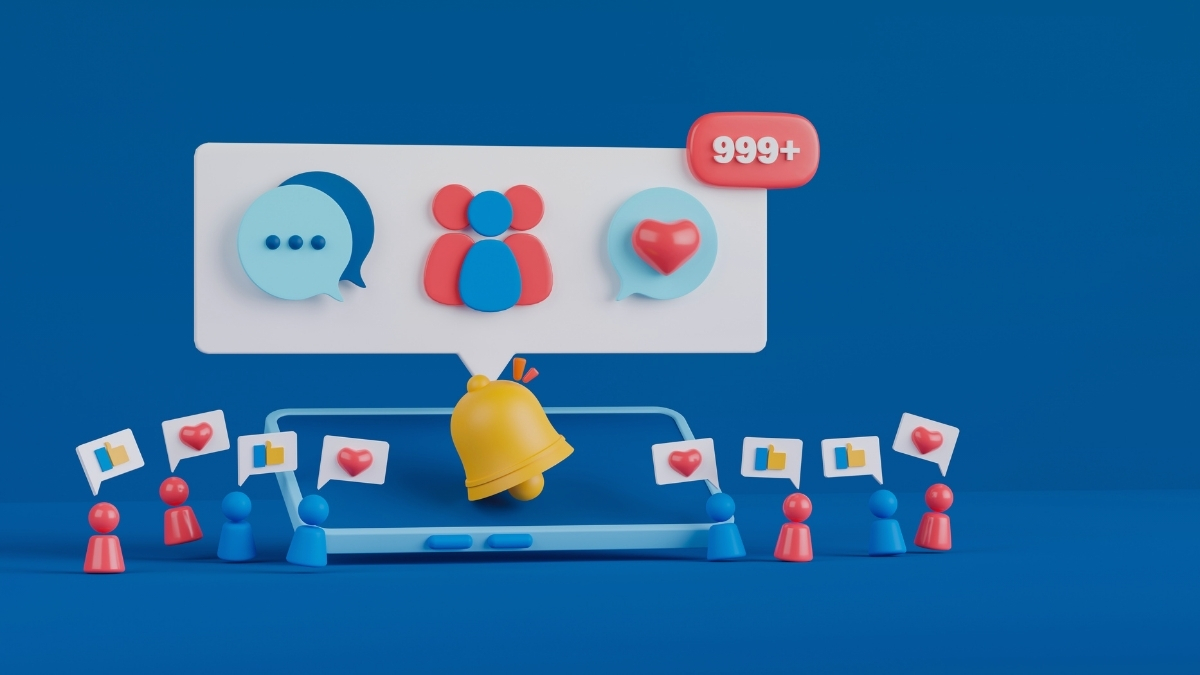
Social media is where your customers hang out online. Being active on the right platforms allows you to connect with them on a more personal level, share your content, and build a community around your brand.
It's not about being on every single platform. It’s about being where your audience is.
Choosing the Right Platform
-
LinkedIn: This is the professional network. It’s perfect for B2B (business-to-business) tech companies. You can connect with industry leaders, share insightful articles, and target professionals by job title or company.
-
X (formerly Twitter): Great for real-time updates, joining industry conversations with hashtags, and sharing quick tips or news.
-
Facebook & Instagram: These platforms are more visual and social. They can work well for B2C (business-to-consumer) tech products, especially those with a strong visual appeal or a broad consumer base.
-
YouTube: As the second-largest search engine, YouTube is a powerhouse for tech companies. It's the ideal place for product demos, tutorials, and customer testimonials.
Example:
A SaaS company might host a weekly LinkedIn Live Q&A, where they answer real user questions and discuss tech trends. This builds credibility and invites audience participation.
Actionable Tips:
-
Use social listening tools to see what your competitors and customers are talking about.
-
Host interactive sessions or webinars to answer common questions.
-
Schedule your posts at times when your target audience is most active.
Email Marketing: Nurturing Your Relationships

Email marketing is one of the most effective digital marketing channels. It's your direct line of communication with people who have already shown an interest in your company. It’s not about spamming inboxes; it’s about nurturing relationships.
Think of it as having a friendly chat with an interested customer. You can keep them updated on new features, share helpful tips, and offer exclusive deals.
Getting Started with Email Marketing
-
Offer something valuable in exchange for an email address. This could be a free ebook, a webinar registration, or a free trial of your software.
-
Not everyone on your list is the same. You can group subscribers based on their interests or how they’ve interacted with your company. This allows you to send more relevant, personalized emails.
-
Set up automated "drip" campaigns. For example, when someone signs up for a free trial, you can send them a series of emails that guide them through your product's key features, helping them get the most value out of their experience.
Example:
An app company might welcome new users with a series of onboarding emails—with video tips, FAQs, and a special discount on their first subscription renewal.
Actionable Tips:
-
Run A/B tests on subject lines to boost open rates.
-
Use analytics to see which emails get the most engagement and refine future campaigns.
-
Always include an easy unsubscribe option and respect your subscribers’ privacy.
Paid Advertising: Getting Immediate Results

While SEO and content marketing are long-term strategies, sometimes you need to get in front of customers right away. Paid advertising (also known as PPC, or Pay-Per-Click) allows you to place ads on platforms like Google, LinkedIn, and Facebook.
You only pay when someone clicks on your ad, making it a highly measurable way to drive traffic and leads.
Popular Paid Ad Platforms for Tech
-
Google Ads: Display your ad at the top of Google search results when someone searches for your chosen keywords. This is perfect for capturing people who are actively looking for a solution like yours.
-
LinkedIn Ads: Target users with incredible precision based on their job title, industry, company size, and skills. This is a goldmine for B2B tech companies.
-
Facebook/Instagram Ads: Reach a massive audience and target them based on their interests, demographics, and online behavior. This can be effective for apps or tech gadgets aimed at a wider consumer market.
Example:
A tech startup introduces a new remote work tool and runs a LinkedIn ad targeting HR directors and operations managers at mid-sized companies. Within the first week, they see a spike in demo requests from exactly this audience.
Actionable Tips:
-
Start with a small budget to test different ad creatives and audiences.
-
Use retargeting ads to reach people who have visited your website but didn’t convert.
-
Track every campaign with UTM codes so you know which ads deliver the best ROI.
Common Mistakes to Avoid in Digital Marketing

Even the best companies make mistakes when starting out. Here are a few common pitfalls—and how to avoid them:
-
Trying to appeal to everyone often means reaching no one. Be specific about who you’re targeting.
-
A significant chunk of web traffic comes from mobile devices. Make sure your emails, ads, and website are mobile-friendly.
-
Don't rely on guesswork. Use Google Analytics and other tools to monitor your website and campaign performance.
-
Keep your messaging simple and straightforward. Explain benefits in everyday language.
-
Make sure your brand voice and visuals are consistent across all channels.
-
Not Following Up with Leads: If someone downloads your ebook or requests a demo, follow up quickly and provide value in the conversation.
Emerging Trends in Digital Marketing for Tech Companies

Staying ahead means watching what’s new and adapting quickly. Here are some trends to keep an eye on:
-
Artificial Intelligence (AI) and Automation: AI tools can help automate everything from email campaigns to chatbots, making marketing smarter and saving time.
-
Personalization: Tailoring messages and content to individual users, based on their behavior and preferences.
-
Video Marketing: Short videos, webinars, and live streams are engaging users more than ever—especially for explaining tech products.
-
Voice Search Optimization: More people are searching by voice (think Alexa, Siri). Optimizing for conversational keywords can help you get found.
-
Interactive Content: Tools like quizzes, polls, and calculators can make your digital experience more engaging.
How to Measure Success in Digital Marketing

You can't improve what you don't measure! Here’s how to track your progress and know what’s working:
-
Website Traffic: Tools like Google Analytics show you how many people visit your site and which pages attract the most interest.
-
Lead Generation: Measure the number and quality of leads coming from your campaigns, forms, and downloads.
-
Conversion Rate: Track the percentage of visitors who take a desired action, like signing up for a demo, downloading a resource, or making a purchase.
-
Customer Acquisition Cost (CAC): Calculate how much you’re spending to acquire each customer—and aim to lower this over time.
-
Return on Investment (ROI): Compare what you spend on marketing with the revenue it helps you generate.
-
Engagement Metrics: Likes, shares, comments, and email responses show whether your audience finds your content valuable.
Actionable Tips:
-
Set SMART goals (Specific, Measurable, Achievable, Relevant, Time-bound) for all campaigns.
-
Create regular reports—a simple spreadsheet works—to track your numbers and goals.
-
Don’t be afraid to pivot. If something isn’t working, adjust your strategy based on your data.
Putting It All Together: Your First Steps (Expanded)
Feeling overwhelmed? Don't be. You don't have to do everything at once. The key is to start small, measure your results, and build from there.
-
Before you do anything, get crystal clear on who your ideal customer is. What are their biggest challenges? Where do they look for information? If possible, build customer personas with names, industries, and goals.
-
Your website is your digital home base. Start by creating a few valuable blog posts that address your audience's pain points. Optimize these pages for relevant keywords. This is the foundation upon which everything else is built.
-
Pick one social media platform where your audience is most active and focus on building a presence there. Share your content and engage in conversations. Don’t try to master every platform at the start.
-
Once you have some content and a solid website, consider running a small, targeted paid ad campaign to drive traffic. Set a small budget, see what works, and learn from the data.
-
Regularly ask customers for feedback on your website, content, and emails. Use this insight to improve user experience and answer more of their questions.
-
Marketing is an ongoing process. Keep reviewing your results, testing new ideas, and refining your approach as you grow.
Conclusion
Digital marketing for tech companies isn’t about mastering a dozen complex tools. It’s about understanding your customers and meeting them where they are with helpful information and clear solutions. By focusing on providing value and building trust, you can turn your innovative technology into a thriving business.
30 minutes
Expert Consultation
Terms & Agreements
By booking a free 30-minute consultation, you agree to our terms, including scheduling, cancellation policies, and confidentiality. The session provides expert advice without guarantees of specific outcomes or results.

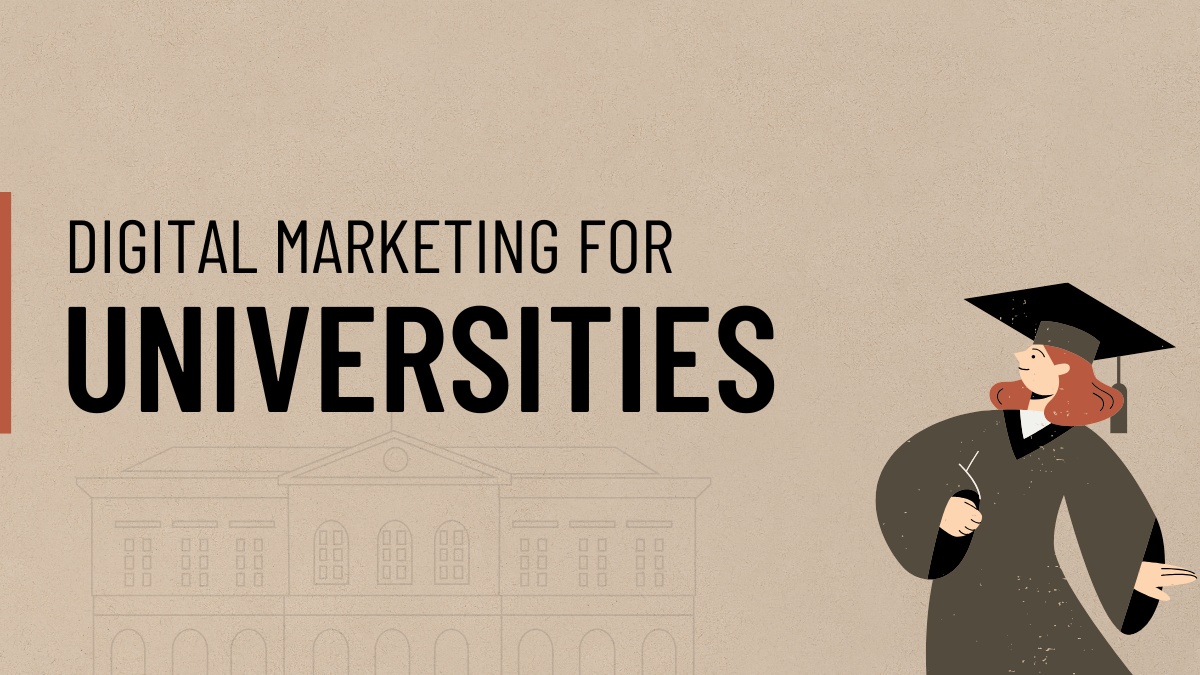
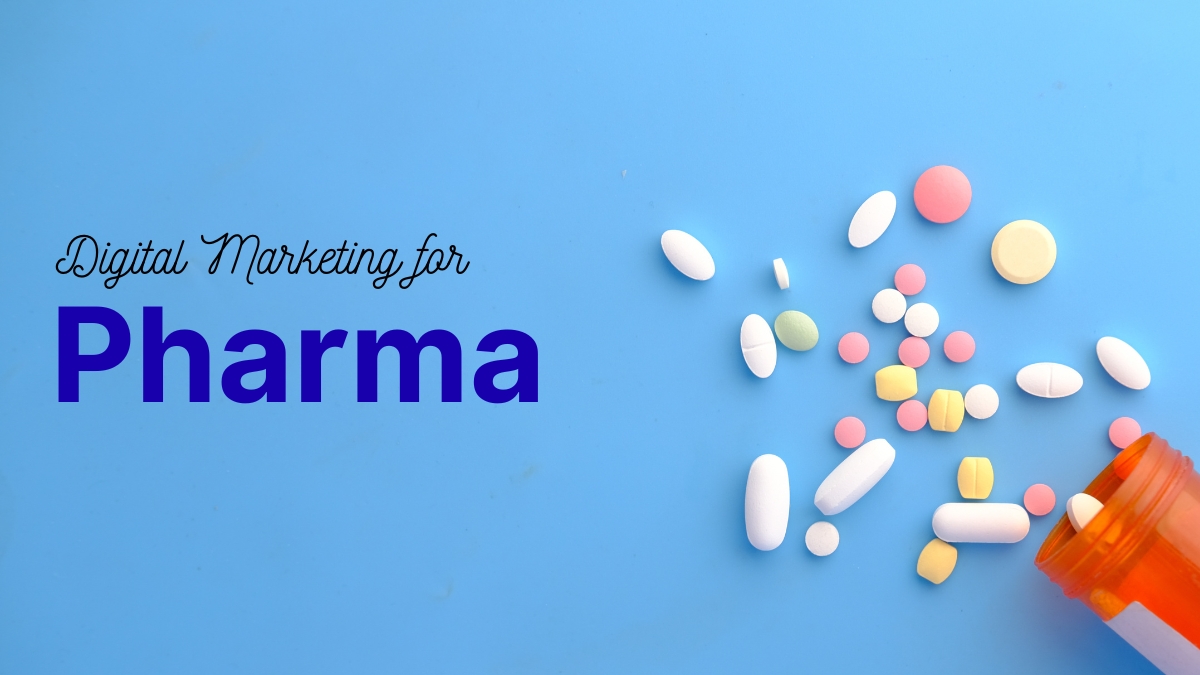
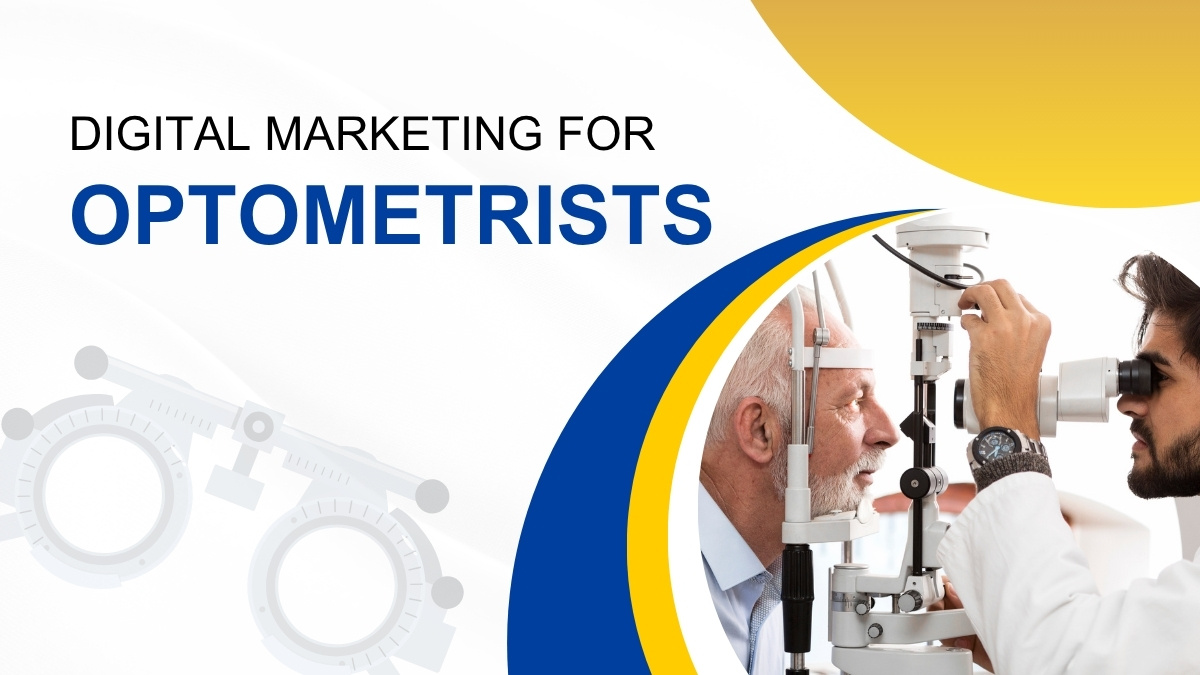

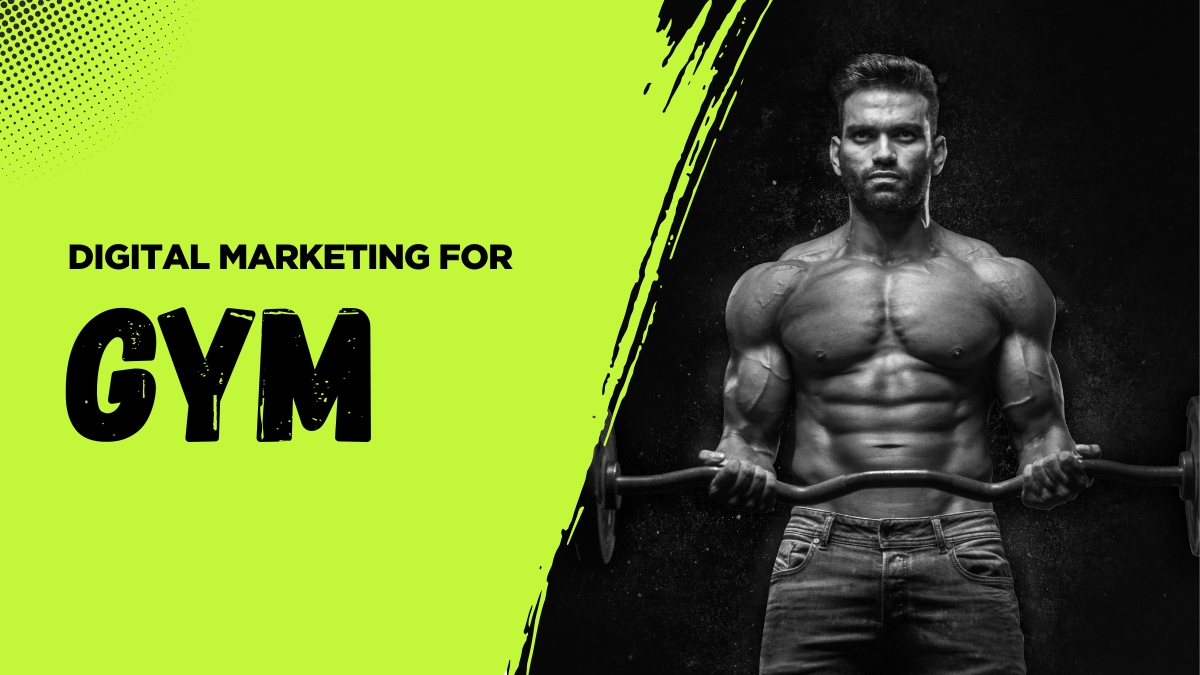
Leave a Reply
Your email address will not be published. Required fields are marked *